Teachers constantly face the challenge of individual students struggling with some aspect of a lesson. Some students are behind, and others are ahead — when you teach to the middle, you feel like you’re missing out on learning opportunities for a good number of your kids.
And classrooms can get out of hand if students aren’t engaged with their work. You might feel like you’re spending too much time managing the class, rather than giving your personal attention to the students who need it.
That’s why we’re hearing a lot about tools that enable personalized learning. Sometimes referred to as differentiated learning or mastery-based learning, personalized learning means that there are opportunities appropriate for each student based on their academic level, learning style, interests, and background.
Personalized learning isn’t always dependent on tech solutions; however, there are many tools that can help teachers meet each student where they are academically. When students are learning at their level and in the style that suits them best, classrooms feel more balanced. There’s less worry about whether the content is too advanced, and teachers have more time to focus on individual students.
Digital tools help students on their unique learning paths
One of the biggest concerns for educators is students who have fallen behind. To get those students back on track, teachers and administrators need to have a strategic plan.
“On day one of math class, about one-third of school students are ready to master grade-level standards while others aren’t yet able to complete basic skills,” says Lance Key, instructional technology specialist for the Putnam County Tennessee School System.
All 23 schools in the district recently implemented personalized learning options. They use NWEA, a nonprofit education solution provider, to create “personalized learning paths” for students. The data gauges students’ strengths and weaknesses across subjects, which gives teachers the information they need to help them catch up.
“Lectures and whole-class activities will be rarely used in this approach,” says Matthew Lynch, Ph.D., at The Tech Edvocate. Instead, there’s a focus on individual computer work and small group lessons with teachers. Teachers can easily modify assignments for individual students or groups of students, using tools like CK12 or Hyperdocs. There are certain skills students can’t master without a solid foundation. With individualized assignments, teachers can be sure that students are working on relevant material for their level.
This type of individualization allows teachers to act more like a personal coach for students. They pay attention to where each student is and give them targeted learning plans so they don’t fall through the cracks.
Personalized learning tools help teachers give individual attention
When students are broken up into small groups at different stations around the classroom or are all working on their computers, this frees up time for the teacher to work with individual students.
New Orleans charter schools have embraced personalized learning tools in their schools to give students more control over their learning and allow teachers to deliver tailored lessons.
“The principal benefit of the technology is it allows teachers to spend more time helping students one-on-one or in small groups,” says assistant principal Emma Collier. In one kindergarten class, there were two teachers who each had a small group of four students going over letters and sounds. Other students were working on laptops — seven students were practicing reading with the program Lexia, and three students with special needs watched YouTube videos on letter sounds.
Students get more individual attention with this education model, which benefits children who are behind, those who are advanced, and every student in between.
Another reason why teachers have more time to work with kids is that grading and assessment are often automated. Students demonstrate their knowledge in the tool before moving onto the next level or skill.
“Teachers spend a significant amount of time scoring papers rather than spending time with students,” says New Classrooms cofounder and chief program officer Christopher Rush. Tools that automate grading and assessment free the teacher to focus on human interaction with students — something no computer can replace.
The teacher, not the computer, is crucial
One pitfall of implementing personalized learning programs is relying on the system too heavily.
This isn’t the ideal way to implement personalized learning and has even resulted in student protests. Students don’t want to be glued to screens all day. It’s not engaging and fails to prepare students with all the skills they need.
Teachers, not computers, are the key to student learning.
“It’s been confirmed time and time again that teachers are the most important factor in student learning,” explains cofounder and executive director of The Modern Classrooms Project, Kareem Farah. “We also know that technology has the capacity to improve efficiency and scale impact in every industry, and so the goal for me and my colleagues has been to create conditions in which the technology we use amplifies our impact.”
Farah developed an instructional model based on three principles: blended learning, self-paced structure, and mastery-based grading. Instead of using an all-in-one, outsourced learning program to facilitate personalization, teachers create their own videos and collection of resources to share with students. Classes run without traditional lectures, but teachers are still behind the wheel.
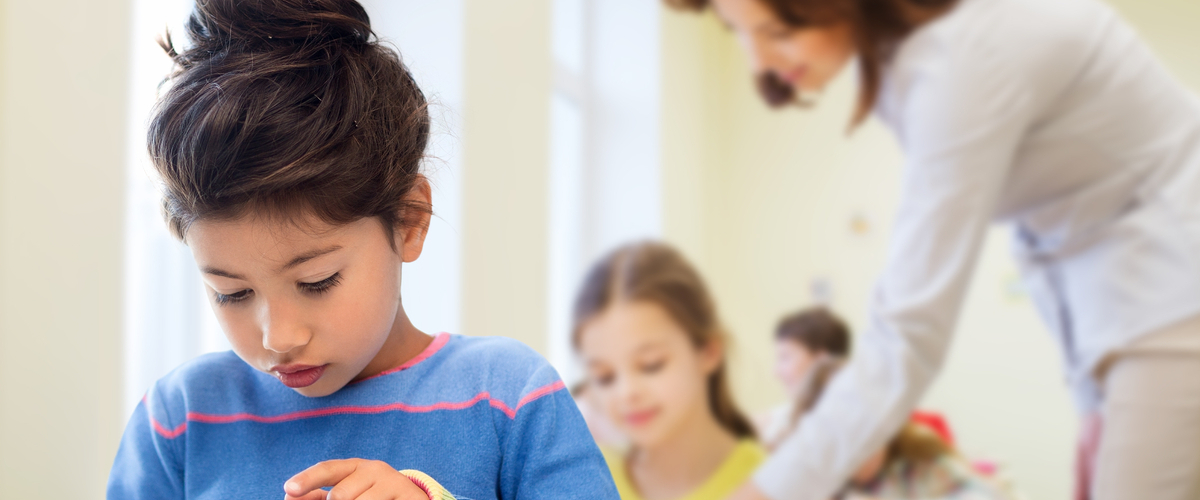
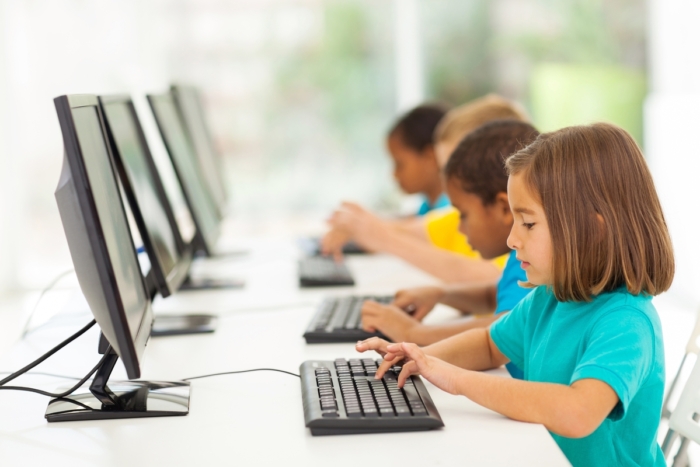
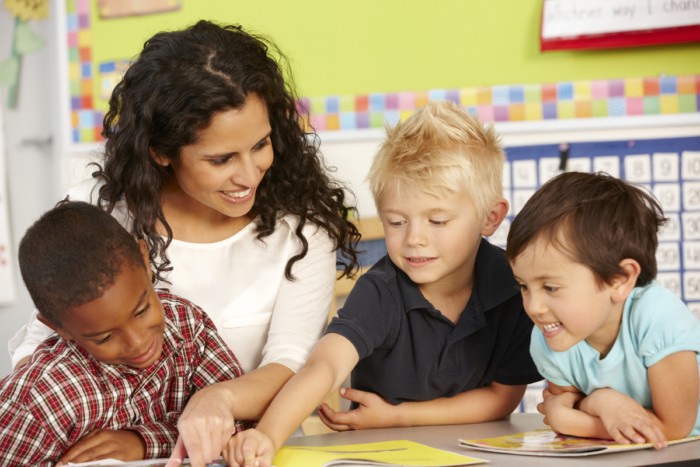





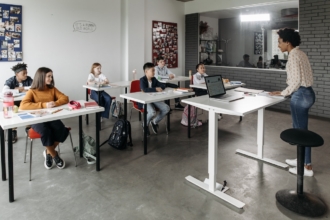





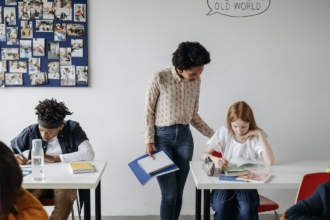



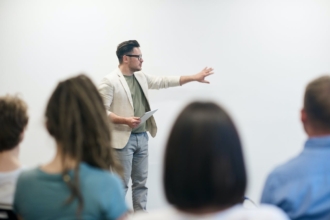

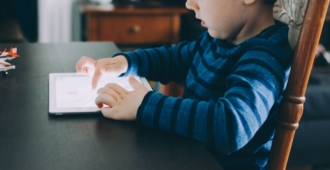



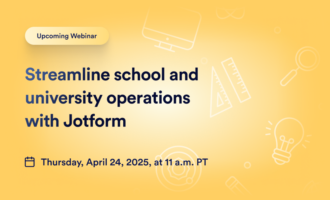
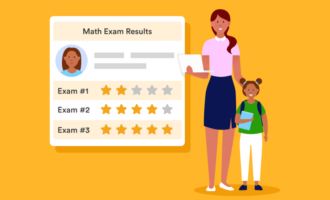
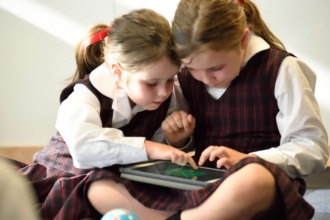


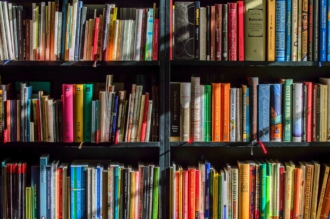


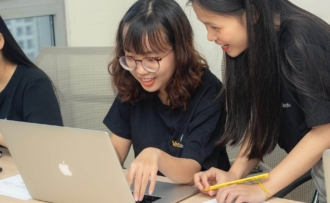
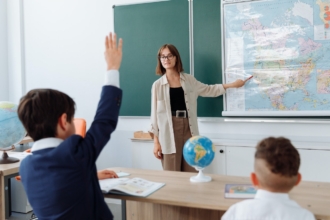



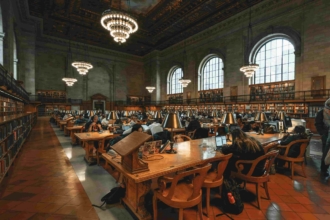
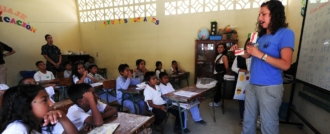
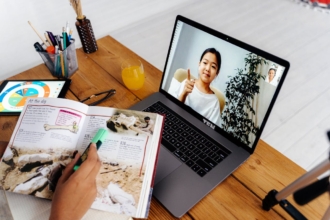

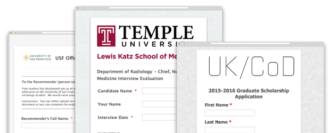







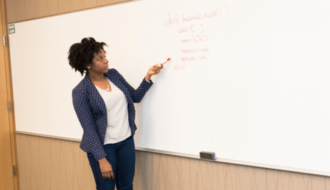


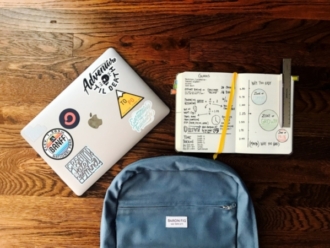
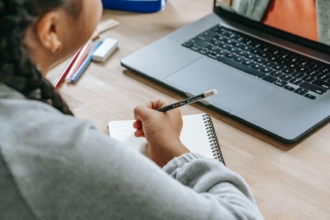


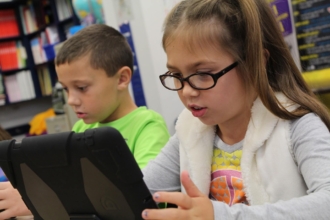

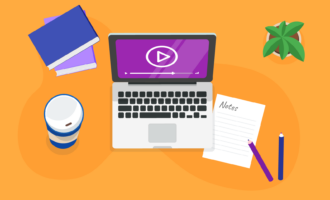


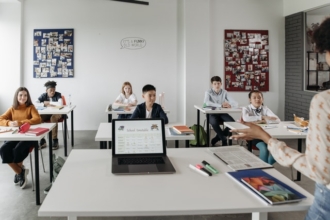




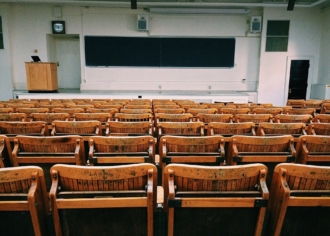

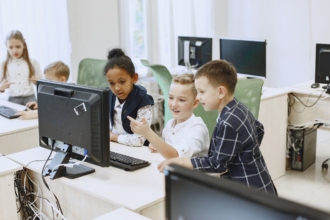

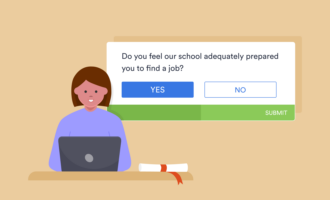
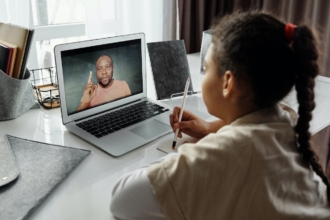
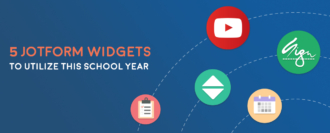


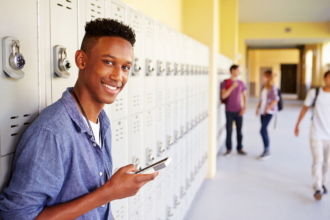
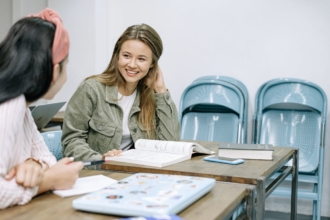
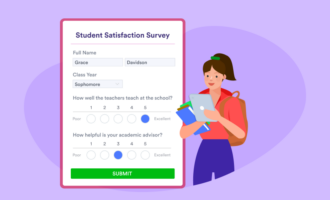
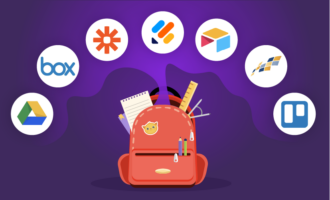


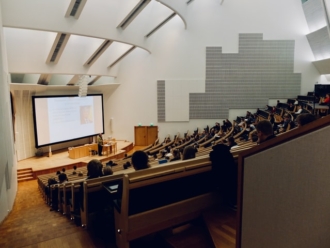
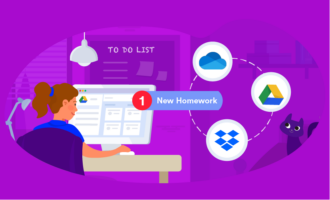

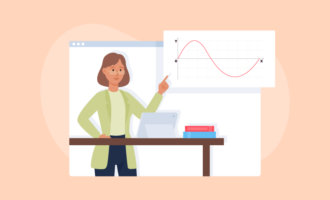



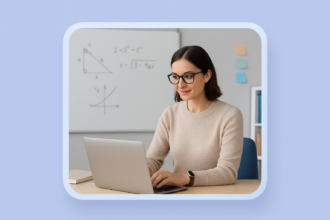

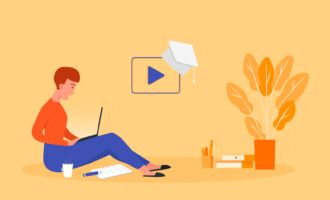
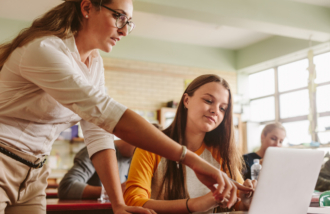



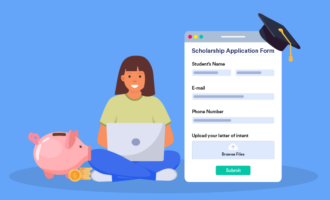
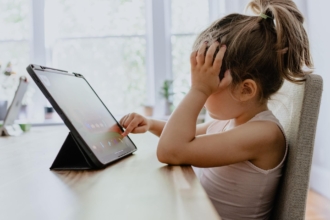
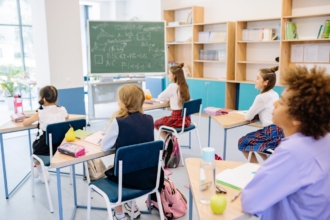






Send Comment: